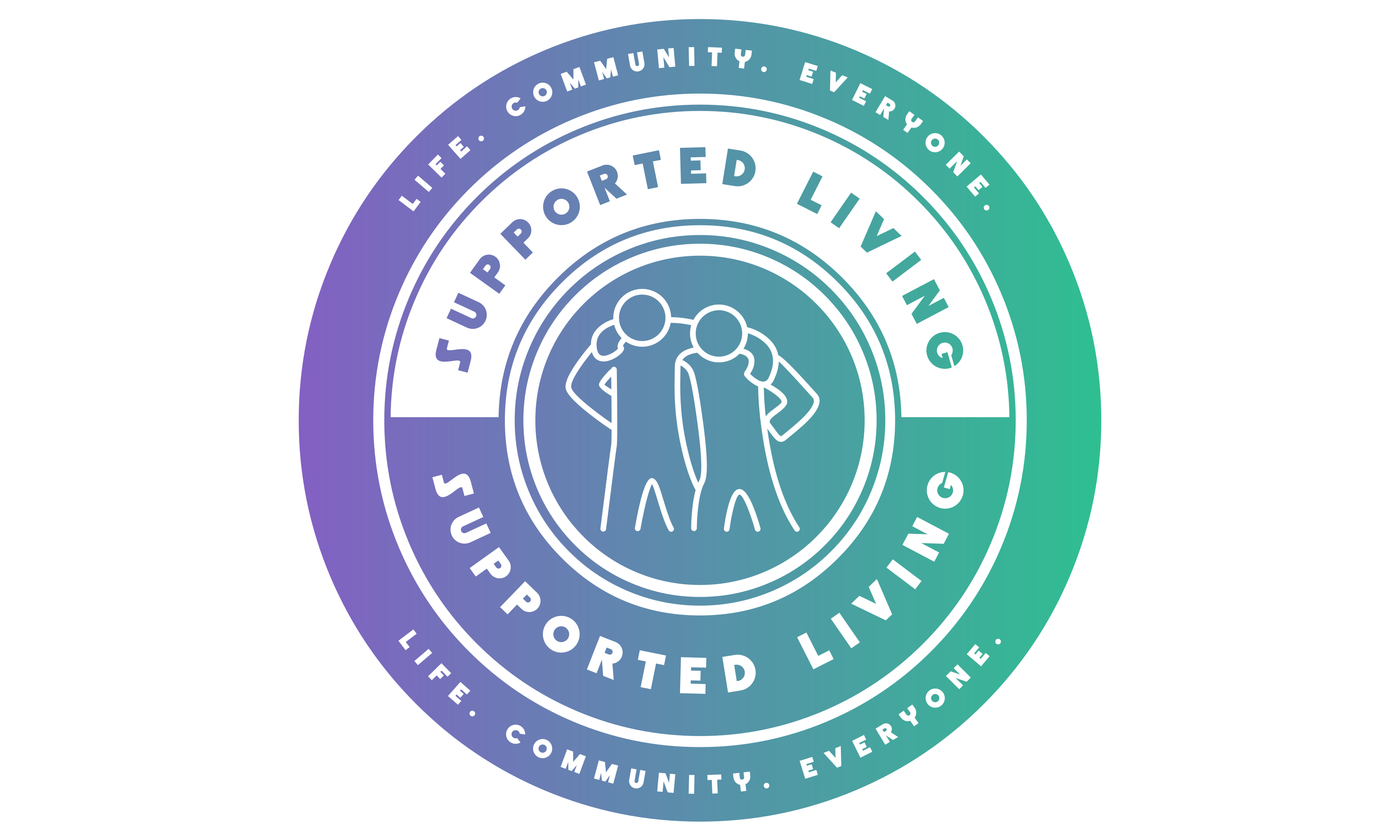Developing a Transition Plan and/or Implementation Plan
Successful transition into supported living requires that everyone involved in the persons team or circle of support collaborate to make certain there is a shared vision and mutual understanding of the supports desired and needed, and that all services are in place prior to the move. The Team must be committed to focusing efforts on supporting the person not only in their home, but also supporting and including the individual in the community. This collaboration begins well in advance of the person’s move into his own home or apartment. Good planning is an essential part of supported living services. Transition planning before the move helps ensure that needed supports and services are in place to promote the person’s desired outcomes, comfort, health, and safety.
Planning for during the move (e.g., assuring the individual is accompanied by someone with whom she feels comfortable, her favorite personal items are packed in the car with her, etc.) for persons who may need additional support on the actual day of the move, could make a big difference in the person’s comfort and satisfaction.
Planning for after the move lays the foundation for a successful transition to life in a different place with new friends, neighbors, and community connections. Working closely with the team and the individual’s family will help assure that concerns are not overlooked and that small issues do not have big consequences. Changing one’s home can have as much impact on the family as on the individual. Listening to everyone’s fears until they are understood and resolved is an important part of supporting people and their families. Most stated fears (e.g., “People will be mean to him.” “How do we teach him to address strangers coming to the door?” etc.) are valid and should be addressed during transition planning. Team members are encouraged to listen to and address issues and concerns as part of the transition and implementation planning process. While every potential scenario cannot be predicted, most issues of health, safety, and overall well-being can be discussed, and plans made to address unexpected occurrences.
Topics to review and steps to take during transition planning:
- Discuss how natural and generic supports, available through family, friends, neighbors, and the community at-large, will be used.
- Discuss housing needs with consideration given to transportation needs, proximity to work, and person’s preference, roommates, and community accessibility.
- Discuss budget for housing and potential need or desire for a roommate(s).
- Visit and compare an array of potential housing and surrounding neighborhoods.
- Get on as many waiting lists for affordable housing as possible. You can always turn down options.
- When housing is available, meet with the prospective property manager to complete any paperwork needed, which may include a rental application. and be prepared to pay deposit and first month’s rent.
- Identify any needed accommodations and ask about the process to request reasonable accommodations if needed.
- Identify target move in date and confirm with the property manager.
- Transfer / open bank accounts that may be needed to ensure that rent is paid.
- Develop a list of needed households start up items (or share of total) with approximate cost and shop for these items.
- Prepare startup grocery list.
- Transfer prescriptions to a local pharmacy if needed.
- Discuss initial staffing and support plans.
- Discuss using technology/remote supports for safety and independence.
- Request any necessary assistive technology, adaptive devices, or special equipment.
- Plan for moving / contact local movers.
- Obtain boxes and begin packing.
- Make necessary transportation arrangements, learn new bus routes, etc.
- Finalize moving plans including schedule to sign lease/ pick up keys and inspect new home, electric hookup, telephone, cable and water if necessary.
- Change address on State ID and with other providers. Complete a change of address form with the Post Office.
